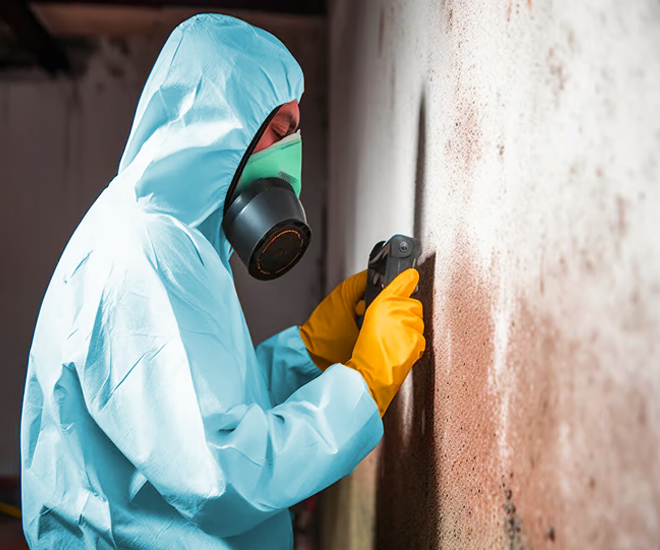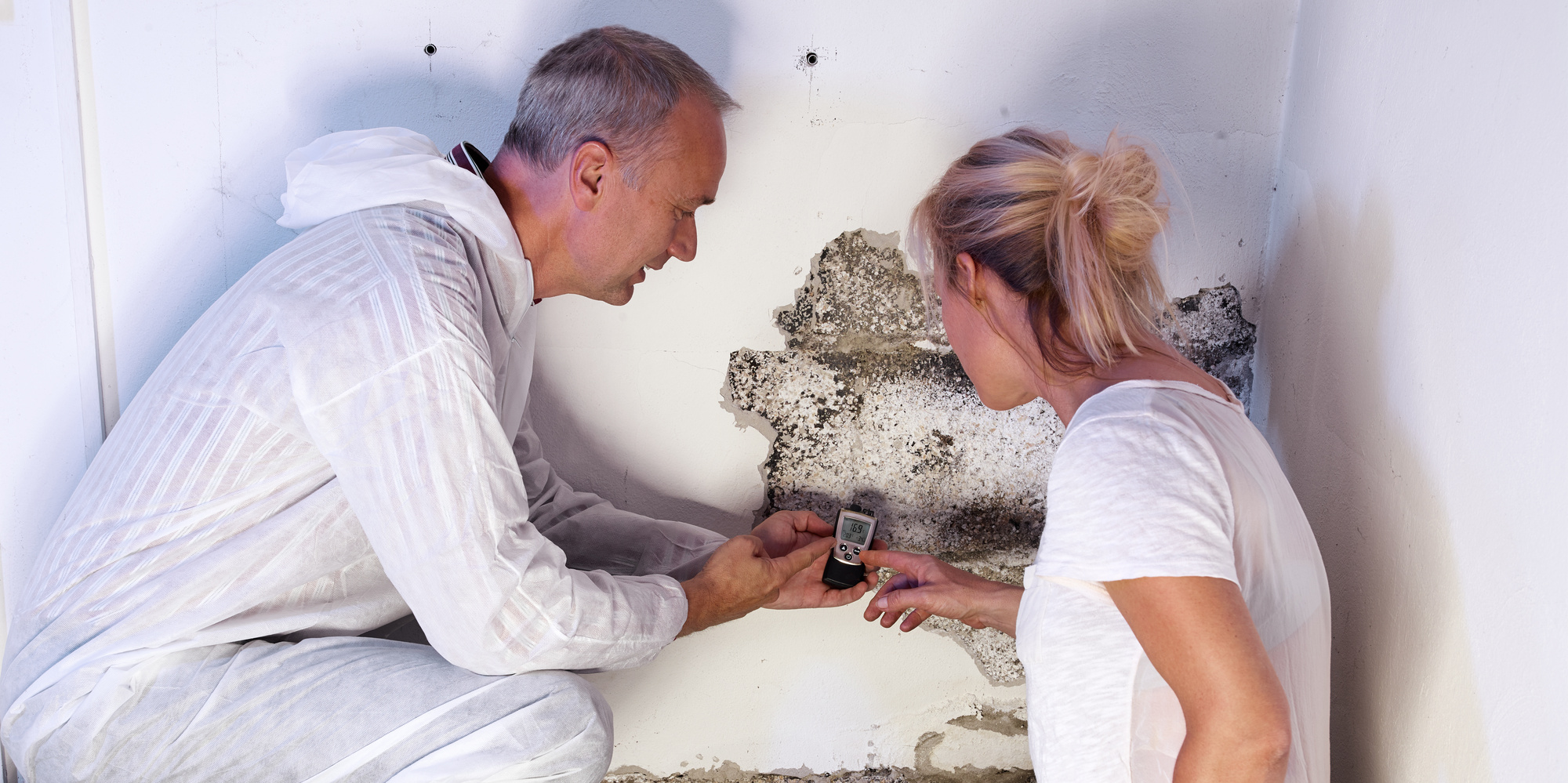After Mold Remediation Methods for Tidy Areas
After Mold Remediation Methods for Tidy Areas
Blog Article
Expert Tips for Post Mold And Mildew Remediation Success
In the world of mold remediation, successfully removing mold is only half the battle; the real obstacle exists in avoiding its reappearance. By adhering to skilled ideas and finest methods, people can secure their rooms against mold rebirth and preserve a healthy interior setting.
Display Moisture Levels Regularly
Regular surveillance of humidity levels is essential in making certain the effectiveness of message mold and mildew remediation efforts. After completing mold and mildew remediation treatments, keeping optimum humidity levels is important to avoid mold and mildew re-growth and guarantee a healthy and balanced interior atmosphere. Monitoring humidity levels enables very early detection of any kind of spikes or fluctuations that can potentially lead to mold and mildew revival. High moisture levels above 60% create a favorable atmosphere for mold and mildew to flourish, making normal monitoring a positive step to avoid any kind of future mold issues - Post remediation mold testing near me.
In addition, developing a regular schedule for moisture checks, specifically in high-risk areas such as kitchen areas, cellars, and restrooms, is an aggressive method to mold and mildew avoidance. By constantly monitoring humidity degrees, residential or commercial property proprietors can effectively alleviate the threat of mold and mildew reoccurrence and maintain a healthy indoor atmosphere post-remediation.
Conduct Thorough Inspections Post-Remediation
Following the conclusion of mold remediation treatments, it is vital to conduct extensive evaluations to confirm the performance of the remediation procedure. These post-remediation examinations are essential in ensuring that the mold and mildew concern has actually been successfully resolved which there is no reappearance or remaining mold development. Inspections must be executed by qualified specialists that have know-how in recognizing mold and analyzing indoor air quality.
Throughout these examinations, different approaches such as aesthetic evaluations, air sampling, and surface area sampling may be utilized to extensively examine the remediated locations. Aesthetic assessments involve an in-depth examination of the facilities to look for any visible indicators of mold and mildew growth or water damages. Air tasting helps in identifying the airborne mold and mildew spore degrees, while surface tasting can find mold bits on surface areas.
Implement Proper Ventilation Approaches
After ensuring the effectiveness of the mold remediation procedure with extensive assessments, the next crucial action is to concentrate on implementing correct ventilation approaches. Adequate ventilation is necessary in protecting against mold and mildew reoccurrence by regulating dampness levels and promoting air blood circulation. To accomplish this, it is recommended to make use of exhaust fans in areas vulnerable to high moisture, such as bathrooms and kitchen areas. Furthermore, opening up doors and windows when weather condition allows can help improve airflow and reduce moisture build-up. Air dehumidifiers and purifiers are likewise beneficial devices in maintaining optimum indoor air quality.
Appropriate ventilation not just aids in protecting against mold growth but likewise adds to the overall health and convenience of residents. By guaranteeing adequate ventilation throughout the residential property, you can reduce the threat of mold regrowth and create a healthier living atmosphere. Routine maintenance of air flow systems, including cleaning and filter replacements, is essential to maintaining efficient ventilation. Consulting with cooling and heating specialists can give more insights right into optimizing air flow strategies for your particular residential property demands.

Usage Mold-Resistant Products for Services
To improve the lasting performance of mold and mildew removal efforts, integrating mold-resistant materials for repairs is crucial in mitigating the risk of future mold growth. Mold-resistant products are designed to hold up against wetness and prevent mold development, making them an important choice for locations prone to wetness and moisture. When fixing areas impacted by mold and mildew, using products such as mold-resistant drywall, mold-resistant paints, and mold-resistant caulking can assist protect against mold reoccurrence.
Mold-resistant drywall is an excellent alternative to standard drywall in areas like cellars and restrooms where moisture levels are higher. When exposed to damp problems, this kind of drywall has an unique layer that withstands mold and mildew development also. In addition, using mold-resistant paints including go to this site antimicrobial representatives can additionally prevent mold and mildew growth on wall surfaces and ceilings.
In areas where wetness prevails, such as washrooms and cooking areas, making use of mold-resistant caulking around tubs, windows, and sinks can assist seal out water and prevent mold and mildew from holding in splits and holes. By buying these mold-resistant materials during repair work post-remediation, you can substantially decrease the possibility of future mold issues and keep a much healthier indoor environment.
Maintain Cleanliness and Address Water Issues
Ensuring sanitation and quickly resolving water concerns are basic techniques to support in safeguarding indoor areas from mold and mildew reinfestation. After mold removal, it is critical to preserve a clean setting to stop the regrowth of mold (After mold remediation). Routine cleansing, dusting, and vacuuming can assist get rid of any type of lingering mold spores and prevent them from resolving and proliferating. In addition, keeping interior spaces completely dry and dealing with any kind of water issues immediately is vital in mold prevention. Leakages, water breach, or high moisture levels can create company website the best breeding place for mold, so it is essential to deal with any water-related issues instantly.
To keep sanitation, consider utilizing HEPA filters in vacuum cleaners and air cleansers to catch mold and mildew spores and prevent their flow in the air. Making certain proper ventilation in locations susceptible to moisture build-up, such as cooking areas and restrooms, can assist keep humidity degrees in check. By staying vigilant about cleanliness and dealing with water concerns without delay, you can properly protect against mold reinfestation and keep a healthy interior atmosphere.
Verdict

In the world of mold removal, efficiently eradicating mold is just half the fight; the true challenge lies in stopping its reappearance. After completing mold remediation procedures, preserving optimum humidity levels is important to stop mold see here now re-growth and guarantee a healthy and balanced interior setting. High moisture levels above 60% create a favorable atmosphere for mold and mildew to prosper, making normal monitoring a positive procedure to protect against any kind of future mold and mildew problems.
To enhance the long-lasting effectiveness of mold removal efforts, incorporating mold-resistant materials for repairs is essential in alleviating the danger of future mold growth. After mold and mildew remediation, it is critical to maintain a tidy atmosphere to protect against the regrowth of mold and mildew.
Report this page